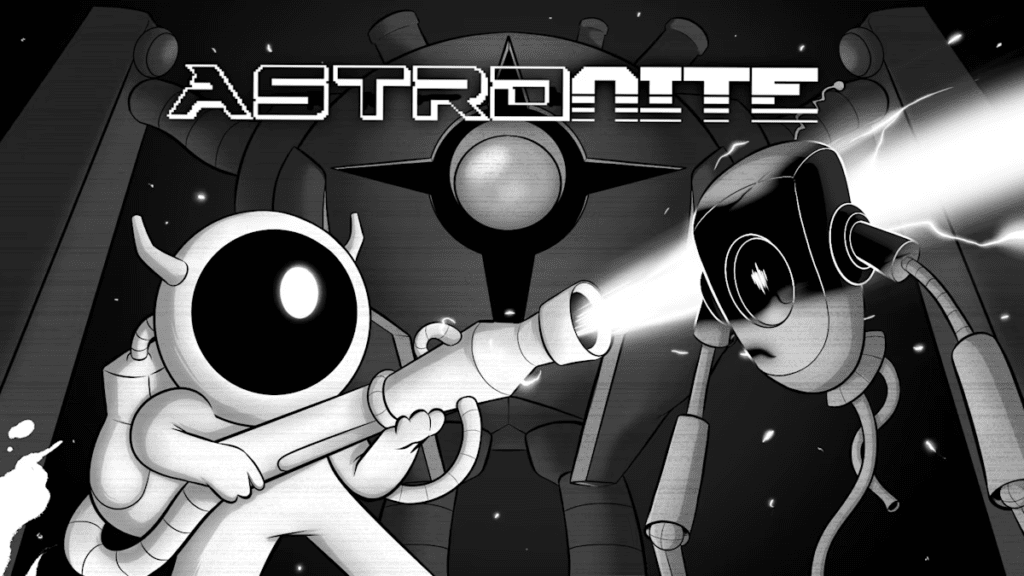
There are always a ton of Metroidvanias coming out. Part of that is because the recipe for the genre is just as appealing as it was when Metroid came out all those years ago on the NES. Looking around for hidden doors and weapons is just fun on a deep level and that enjoyment doesn’t go away. But it’s also hard to shine in a genre so flooded with content that your game might not even be noticed in the first place. Every once in a while though, a game catches the eye and draws you in.
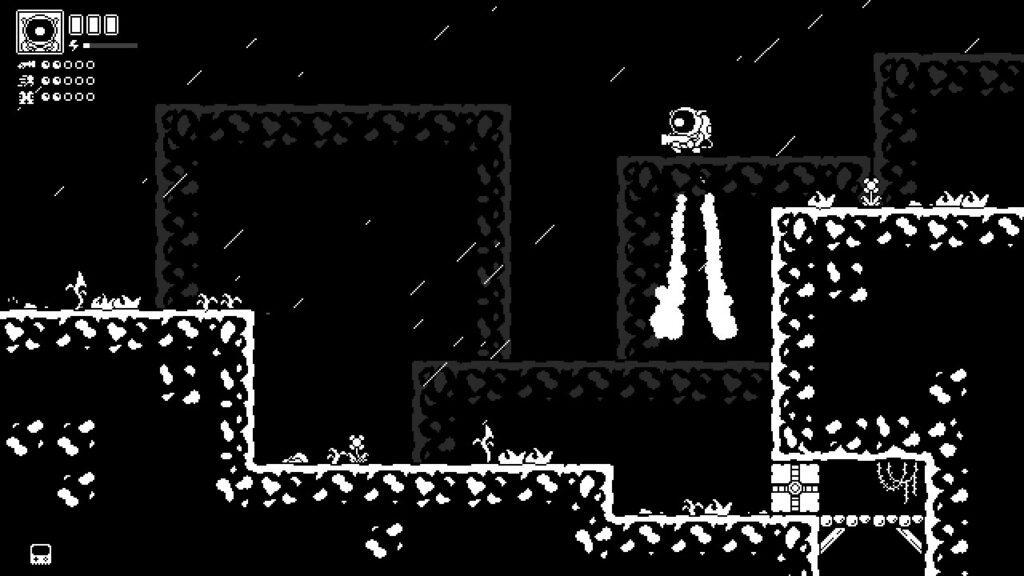
In this case, that’s Astronite, a recently released ‘1 bit Metroidvania’ from developer Dume Games Studio and publisher Jandusoft. There have been a few games taking this minimalist approach lately, titles like Downwell, Gato Roboto, and Undermine. There’s something about the clean simplicity of simple black and white graphics that speaks to the core gaming experience in a way that all the fancy CGI in the world can’t achieve. If you’re not focused on graphics and you want a successful game, it is imperative that you focus on gameplay and that’s exactly what Astronite does.
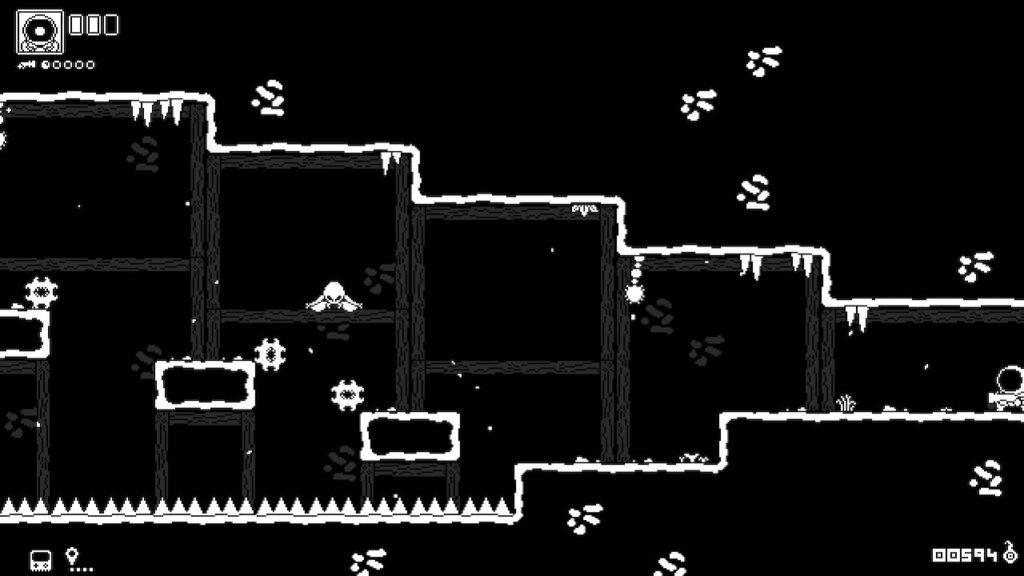
In Astronite, you play an alien explorer whose planet was taken over by a giant being discovered living at the core. Everyone was forced to flee to survive and any attempts to return to the planet have been met with the unexplained disappearances of the explorers. Now it’s your turn and heading back your ship is damaged, sending you careening out of control until you crash down on the surface of Neplea.
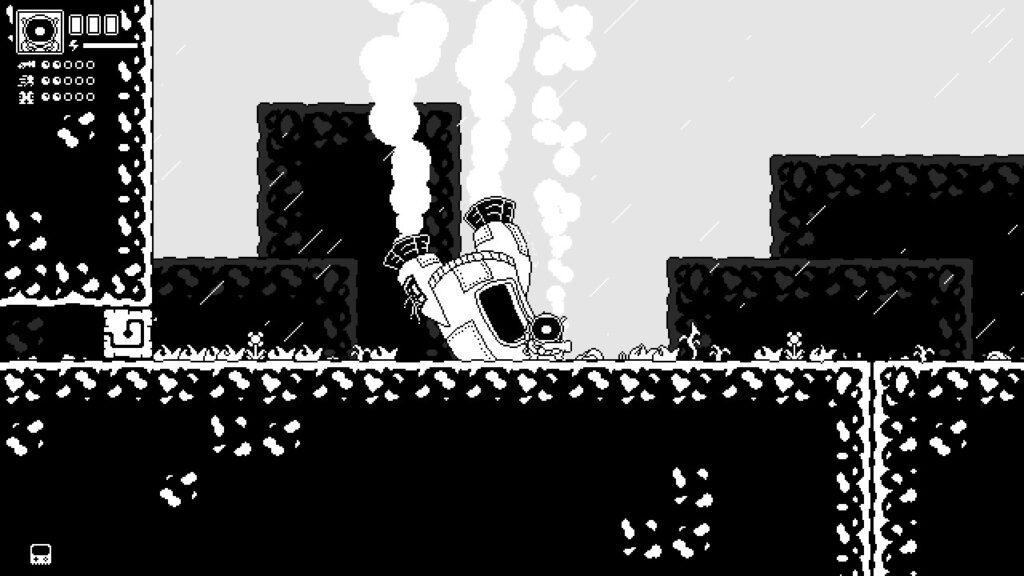
Waking up on the planet, you start to explore, only to have all of your fancy gear and weapons abruptly taken from you in true vintage video game style. Naturally, it’s even harder to move on knowing what you’ve lost and you’re left with nothing, not even your gun! There’s a fair bit of dialogue and story here and there throughout Astronite as you piece together the mystery of what’s happened to your planet and the lore and information you do get is both interesting and a bit confusing, pulling you further into the world.
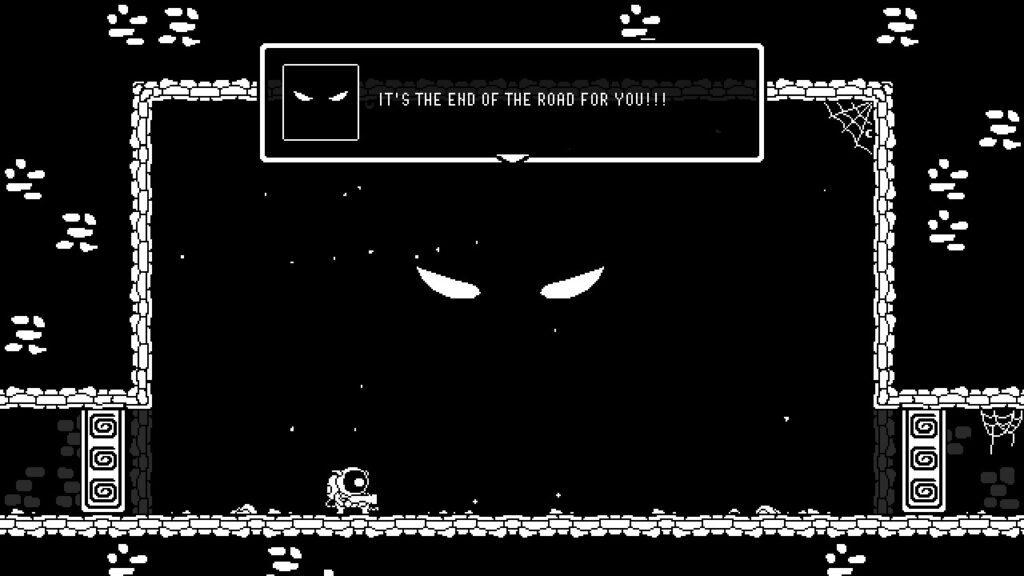
From here on out, things get more intriguing. What Astronite does best is challenge you. First you’ll have no weapons as they’ve been stolen by spiders (don’t ask me!). Earning it back will require defeating a boss too and the game certainly doesn’t pull any punches. Bosses have straightforward patterns but the timing of everything is split second. Lose your focus for a moment and you’re toast. This applies to the rest of the game too. At every turn you’ll be struggling to survive by slowly inching your way forward, dying, and heading back for more. Once you’ve progressed past the intro, enemies drop ‘Shpiriti’, a spirit-like substance used for currency on Neplea. With it, you can go to a store and upgrade your items and weapons and enhance your abilities, making the challenging levels that much more survivable.
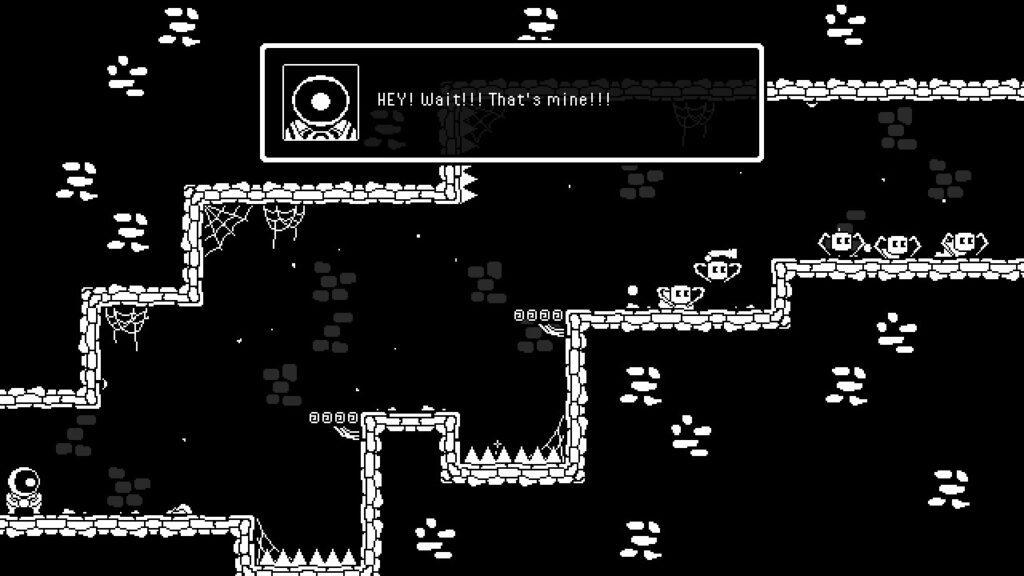
It’s not going to be easy though. Everything about Astronite is rigged to kill you and make you work for every inch of gained ground. If you die, you lose all your Shpiriti and they’re left at the location of your demise. It can be re-earned but as you might expect from countless other games, if you die before collecting it, you lose everything. As you’re unlikely to get too far without a few major upgrades, the game turns into a bit of a Shpiriti grind pretty quickly unless you have the reflexes of a god (which some of us notably do not).
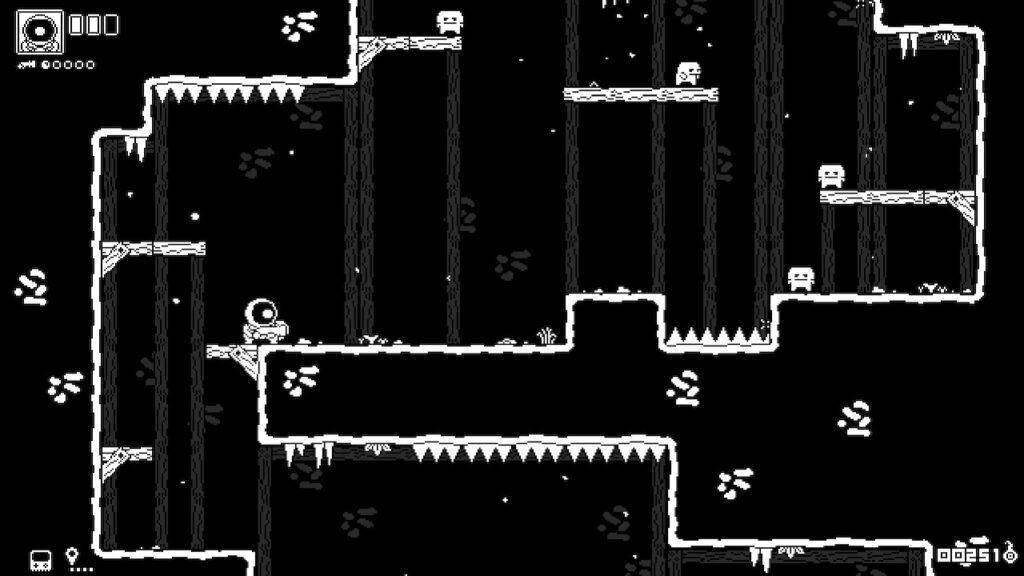
Timing is everything here too. Take the right jump at the wrong time and you’re taking a hit. You start with three life bars but the only way to replenish them is to save, which also resets all the enemies you killed (a handy part of the grind mechanic). Early on, things like smashing columns, spike pits, and enemies that fire at you from the ceiling will be the bane of your existence and just as you master those, a whole new bevy of opponents await! Bosses are even more challenging with multiple attack patterns based on their hit points and very little leeway for mistakes. You’ll be fighting them again and again to learn each pattern then slowly exploiting their weaknesses, blind spots, and movements to eventually prevail and earn back things like your dash ability and jet pack.
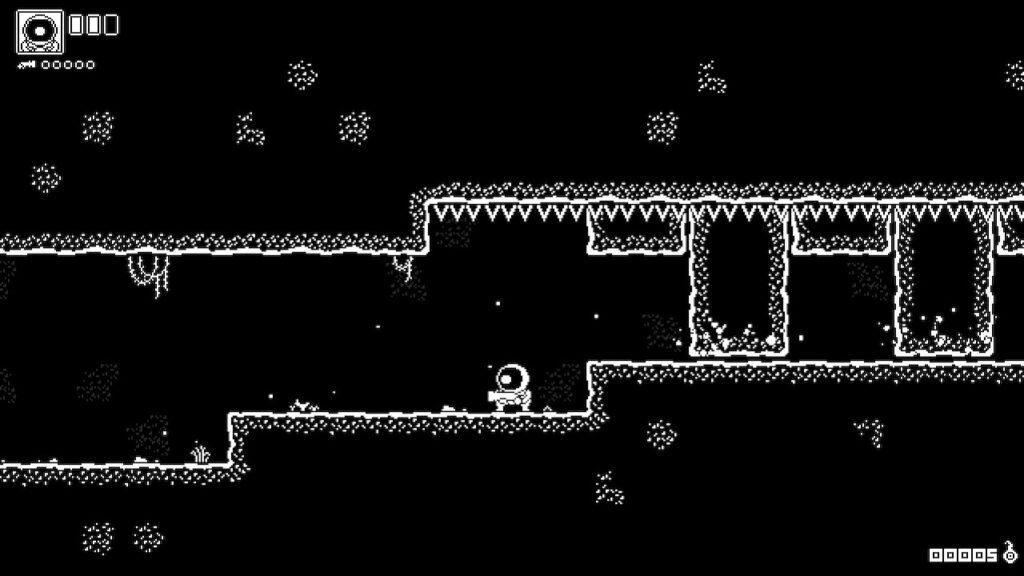
When you’re not blasting everything in sight, trying desperately to survive and upgrade, there’s plenty of exploring to do as well! There are hidden passageways, locked doors, and tons of secret areas to find in Astronite. The map is huge and making your way from place to place while you explore is a good way to gain a bunch of extra Shpiriti. You’ll find save points spaced a bit too widely for comfort all over and it’s best if you save regularly because each new area will surprise and kill you several times as you learn the nuances of new enemy attacks and level traps. You’ll also find transport terminals strewn around the map with a weirdly irritating ringing phone (why so loud?). Interact with the phone and you can travel to any other terminal…for a price. Astronite isn’t very forgiving even on the little things and it costs Shpiriti to zip back to safety through the transport system. You can buy a membership card that drops the price of transport to a pittance once you save up the dough, but if you’re prioritizing strength over convenience, you’ll probably be waiting a bit. Either way, you’ll probably want that map module…

The best thing about Astonite is how it feels to play it. There’s a certain vibe to old-school platform style games that is rarely fully recaptured in modern renditions of the style. Astronite absolutely nails it though and slowly winding your way through the depths of Neplea feels like being a kid again and playing that really hard NES game over and over until you finally solve the tricky bit. The gratification level here is really high and it’s just a pure joy to play Astronite, even when you want to throw your controller down during a particularly difficult bit or when you have to step away and take a break because you’re just not in the groove and can’t get further at the moment. That’s the sort of gameplay to be cherished these days.
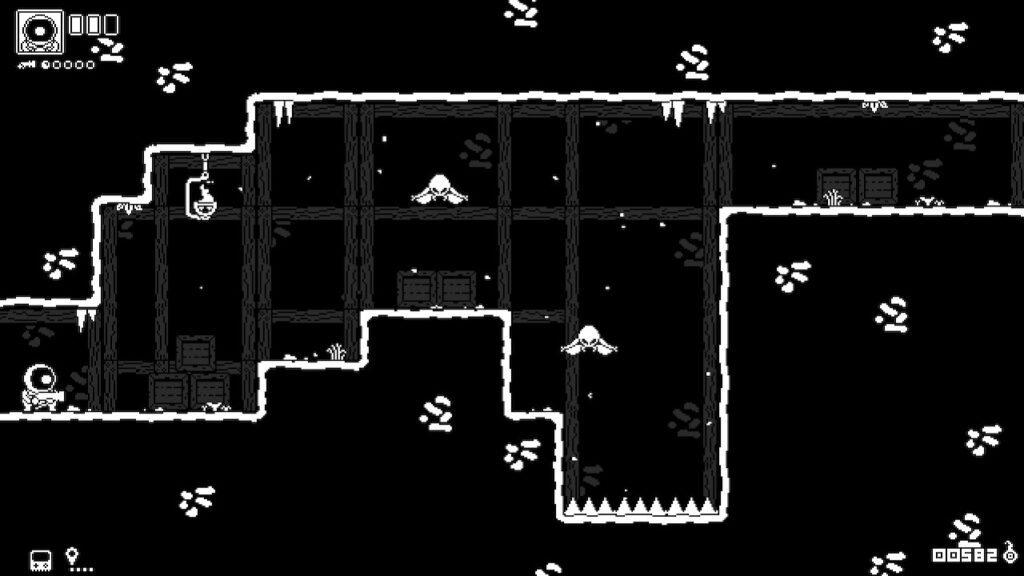
Naturally, visuals for Astronite are simplistic and as mentioned, are part of the charm the game puts off right from the start. But if you’re paying close attention, there are plenty of complex little swirls of energy, neat physics reactions, and other subtle design elements that show this to be a well-designed modern game rather than a retro throwback with original hardware. Masquerading as a vintage game is much harder than just making one and this is another nod to the skill of the developers. On top of that, the sound design is top-notch as well, with haunting, hollow cave sounds and subtle music that slips in and out almost unnoticed to add a bit of dramatic tension at just the right times. It’s a great combination of modern retro art and audio design that solidifies the rich experience that is Astronite.

With Astronite, you’re getting a challenging, intense experience but not a long one. Not accounting for an abundance of death through impatience or lack of skill, the game will take you somewhere between 5 and 10 hours depending on how thorough of a player you are. That’s not an incredibly long game for $15, but it is a legitimately compelling experience and the price is more than fair for the amount of fun factor built into Astronite. A focused, enjoyable game with excellent design and a fair degree of challenge is a rare thing these days and Astronite is a must by for fans of classic retro gaming, Metroidvanis, and platformers. There’s even a physical version available online, so don’t hesitate to grab this excellent exploration game just in time for the holidays!
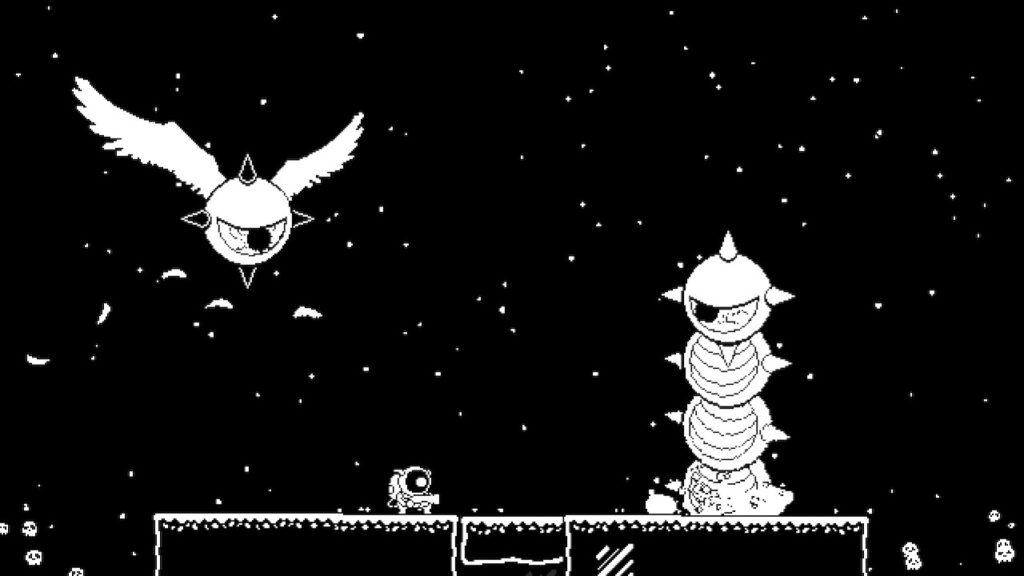
This review is based on a digital copy of Astronite provided by the publisher. It was played on a Nintendo Switch in both docked and undocked modes and played equally well on both. Astronite is also available for PS4, PS5, Xbox, and PC on Steam.

